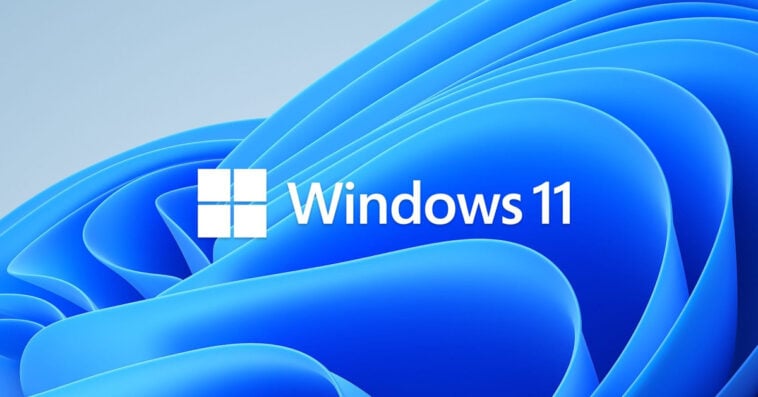A recent Windows 11 update has left many users frustrated, with video playback suddenly failing on certain apps and DRM-protected content freezing or going black. Microsoft has acknowledged the problem and is working on a patch, but until the fix arrives, there are a few simple steps you can take to keep your videos running without interruption. Want to know the quick workarounds? Keep reading!
How the Windows 11 video playback issue began
Just a day after Microsoft announced the return of its classic DreamScene video wallpaper feature on September 22, the company confirmed a new problem: certain versions of Windows 11 are now experiencing serious video playback glitches.
According to Microsoft’s Known Issues and Notifications page for Windows 11 version 24H2, users running the most recent builds may encounter trouble playing protected content—that is, videos or audio files wrapped in Digital Rights Management (DRM), a technology designed to prevent piracy.
The issue appears to have surfaced after the August 29, 2025 non-security preview update and continues through later releases, including the September 2025 cumulative update (Patch Tuesday update KB5065426). Affected users may see errors tied to copyright protection, such as frequent interruptions, frozen screens, or even complete blackouts when attempting to play DRM-secured media.
Microsoft traced the glitch to apps that rely on the Enhanced Video Renderer (EVR), an older system component responsible for displaying video. EVR often works in tandem with HDCP (High-bandwidth Digital Content Protection), a standard that blocks copying of digital media. The company notes that the problem doesn’t affect popular streaming services like Netflix, Hulu, or HBO Max. Instead, it mainly impacts traditional playback software, such as programs used for DVDs, Blu-rays, or digital TV broadcasts.
While Microsoft has already moved on to a newer tool called the Simple Video Renderer (SVR), some apps still depend on the legacy EVR system. Microsoft hasn’t disclosed which specific apps are affected, leaving users in the dark about exactly which playback tools might fail.
How Microsoft is responding to the playback glitch
Microsoft has acknowledged the video playback issue and says it is actively working on a fix. While the company hasn’t given a timeline, it promises to release updated information as soon as a resolution is ready.
What users can do in the meantime
For now, Windows users facing the problem have only a handful of choices:
- Roll back to an earlier version of Windows 11—specifically, one released before the August 29 update.
- Try a different video playback app that doesn’t rely on the outdated component causing the error.
- Avoid DRM-protected videos altogether in affected apps until the official fix is released.
Each option has its drawbacks. Rolling back the update may restore video playback, but it also removes important security patches, potentially exposing the system to cyberattacks. Switching to a new app could help, but Microsoft hasn’t said which apps are safe to use. That means users may need to experiment or wait for developers to release updates that replace the older EVR with the newer SVR.
In short, while there are temporary workarounds, the most reliable solution is to hold tight until Microsoft delivers an official patch.
Source: Ghacks.net

